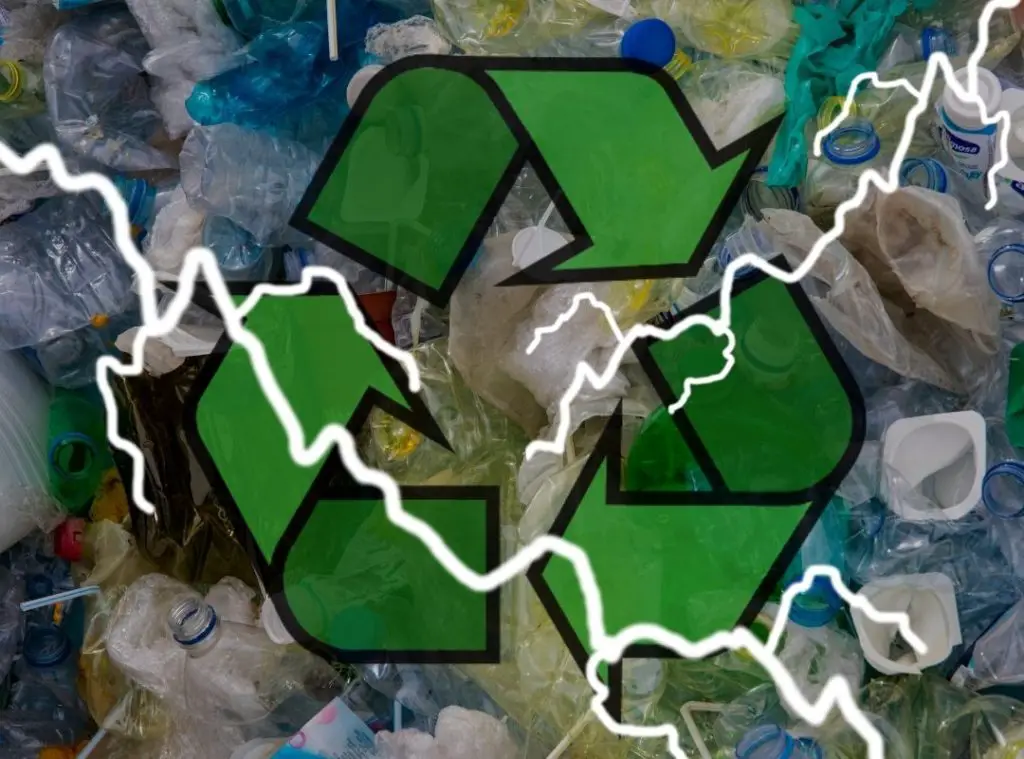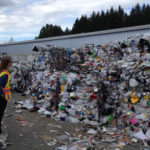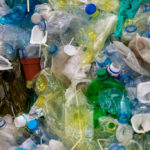Yes, recycling is broken. It’s still worth doing.

Yes, recycling is broken. It’s still worth doing.

Recently I have been seeing articles exposing many of the lies we have been fed about recycling, in particular, plastics recycling. Some of these articles have titles like “Recycling is a Waste of Time,” or “Recycling is a All a Lie.” I am always disheartened when I see someone post one of these articles and they say, “See? This is why I don’t bother to recycle, it’s all just a scam.”
To those of you feeling discouraged and wondering why you should even bother with recycling anymore, I want to say that yes, recycling is broken. Yes, the plastics industry has been lying to you. But recycling is still worth doing. Here’s why.
The Problems with Recycling Today
There are a number of issues making recycling more difficult today than it was a few years ago. The biggest factor is that up until a few years ago, we were able to send most of our “recyclables” to China. I put “recyclables” in quotes because what we were sending them was a mix of all kinds of stuff, some recyclable, some not, and a lot of it was junk plastics no one wanted here in the United States.
For about 20 years we sold this stuff to countries in Asia, mostly China, for their use as raw materials, but a lot of it was quite contaminated with other crap like dirt, food scraps, toxic materials and garbage. Much of this stuff wasn’t really worth their time and labor to sort through, so it kept piling up in the poorest communities and polluting the soil, air and water.
During this same time period, many U.S. communities switched to single-stream (or commingled) recycling. This is where all your recyclables go into one bin for collection rather than having separate bins or bags for your glass, plastic, metal and paper. This had a number of advantages, making it easier and cheaper to pick up and haul away, and also recycling rates increased once it was easier for the public to simply be able to throw everything in one bin.
But once the recyclables get to the MRF (Materials Recovery Facility), the glass and plastic and metal and paper all have to be separated from each other, which is challenging. And as you might imagine, automated sorting doesn’t work perfectly and the final sorted materials tend to have more contamination. Which means they have less value to manufacturers. But since we had convenient markets in places like China to offload our less desirables, there wasn’t much concern about that.
Then it all came crashing down.
In 2017 China finally said, “That’s it. We’re done. We don’t want your garbage masquerading as recyclables anymore.” This was when they instituted their Operation National Sword policy. Our disposable culture enablers had finally cut us off.
The solid waste industry was thrown into chaos trying to figure out how they were going to cope with all this waste product that suddenly had nowhere to go. As a nation, we had gotten pretty lazy about recycling. After all, why bother figuring out how to create really clean, valuable materials streams when we had this easy way to offload the junk stuff other countries? We hadn’t been finding or creating markets for these materials at home or thinking about the long-term impacts of what we were doing. Out of sight, out of mind.
The Big Plastics Lie
One of the biggest issues we now have to deal with (because we can’t ship it away) is that although we’ve been led to believe that most plastic is recyclable, in fact, most of it isn’t. Well, let me clarify that a bit, technically it is recyclable, pretty much anything can be recycled, but not currently at a profit. If it costs more to create a plastic bottle from recycled plastic than simply making it from virgin materials, then no one wants to recycle the stuff and there is no market for it. I go into this topic in a lot more detail in Why is Plastic Recycling So Confusing?
The upshot is that it’s estimated that no more than 10% of plastic has ever been recycled.
So Why Bother Recycling?
First of all, although there are aspects of the recycling industry that are not working, or at least not as well as we would hope, there are other aspects that are working well. There are good markets for paper, cardboard and metals like steel and aluminum. These materials are valuable and have high recycling rates when managed properly. Glass is a bit more challenging and how well it is recycled or reused varies from state to state.
Plastics is the biggest issue, but it still makes sense to keep recycling whatever your community says they will take. If plastics are accepted by your solid waste district, then that means that they either have an end user who wants it, or they expect to be able to find one soon and would like the public to stay in the habit of recycling it. (Be sure to follow the rules and only recycle the plastics they ask you to, and leave out the rest.)
The Future of Recycling
In the short run, having China refuse to take our recyclables created a crisis in the recycling industry. However, in the long term, it may be the catalyzing force to get us to finally deal with our national waste issues. It’s not going to happen overnight, but I personally believe this disruption, along with continued public pressure, is going to eventually make the entire recycling industry much stronger.

You can see changes popping up everywhere. Companies like Coca-Cola are responding to public pressure and starting to manufacture 100% recycled plastic bottles. Many beer and soda companies are switching to recyclable paperboard can carriers. The recycling centers that sort the materials are upgrading technology to be able to more efficiently and accurately separate all the different types of materials to allow for greater recycling rates. New facilities are being built to expand recycling capacity and manufacture recycled products.
This does not mean that recycling is the answer to all our waste problems. We always need to start with the first two Rs, Reduce and Reuse. But recycling still has many benefits. Beyond keeping trash out of landfills and waterways, recycling an item also saves a lot of energy and resources versus making a new one. For instance, a recycled aluminum can uses about 90% less energy to make than one made from virgin aluminum. It also creates less pollution and environmental damage caused during the mining process.
Please don’t give up on recycling. It’s far from perfect but it’s still worth doing.





